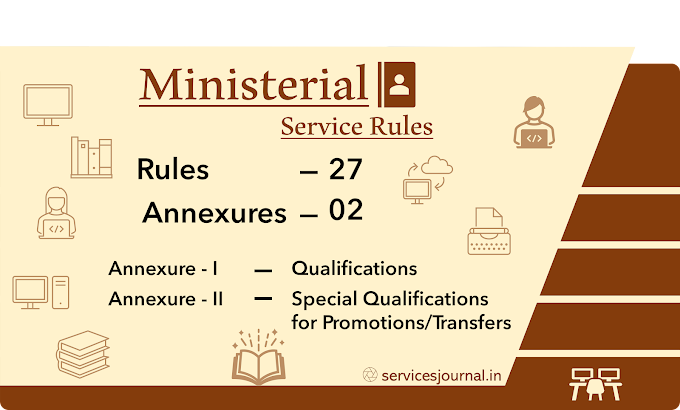1. Constituents of Charge.
(a) It is necessary that
the charge should contain all the facts, which combined together make a
particular misconduct.
(b) Each incident is a
separate charge.
(c) It is desirable to
mention the name of the offence.
(d) The place, date and
time of incident should be mentioned in the charge sheet.
(e) When misconduct
depends upon offending language, then actual words used should be specified in
the charge sheet.
(f) When dishonesty or
bad motive should be mentioned ingredient of the charge: Where dishonesty is
the ingredient of any offence, it should be mentioned in the charge. The
omission to mention dishonesty is not material where prejudice has been caused.
When the charge was that he had altered the entries with ulterior motives, and
then he must be told what precisely the motive is attributable to him,
otherwise charge would be vague.
(g) In case misconduct is
habitual then the word ‘habitual’ must be mentioned in the charge sheet. In
addition to mentioning the word ‘habitual’, the past record showing the habit
should also be given. In a charge of habitual absence, record should be set
out.
(h) Language in which
charge sheet should be given: In giving the charge sheet, care should be taken
to see that the charge sheet is given in a language, which the concerned
employee can easily understand.
2. General
considerations regarding drafting of charge sheet.
(a) Care should be taken
to see that there are no unnecessary words or unnecessary matters given in the
charge sheet.
(b) The use of
abbreviations like ‘etc’ or “any other document” should be avoided. It should
be specific.
(c) Time of incident
should always be preceded by the word “about”.
(d) Mis-description of
the Charge: Sometimes the charges are mentioned so loosely that the statements
are either inconsistent or they do not convey the correct sense. One of the
reasons for mis-description in the charge arises from the fact that on
occasions, the officer concerned is unable to distinguish between incriminating
circumstances and the misconduct itself. Mis-description of the charge is
likely to prejudice the employee concerned.
(e) The charge should not
refer to a large number of incidents without mentioning the specific instances.
If otherwise, charges are said to be vague.
(f) Language of the
charge sheet should not show that the employee is guilty. Charge sheet is
merely a description of allegations against an employee which are still unproved,
and care should be taken that the language of the charge sheet should not show
that the Management has reached the conclusion that the workman is guilty; otherwise,
it amounts to prejudice and violation of principles of natural justice.
OPEN - Conduct Rules - References (open)
OPEN - CCA Rules - References (open)













